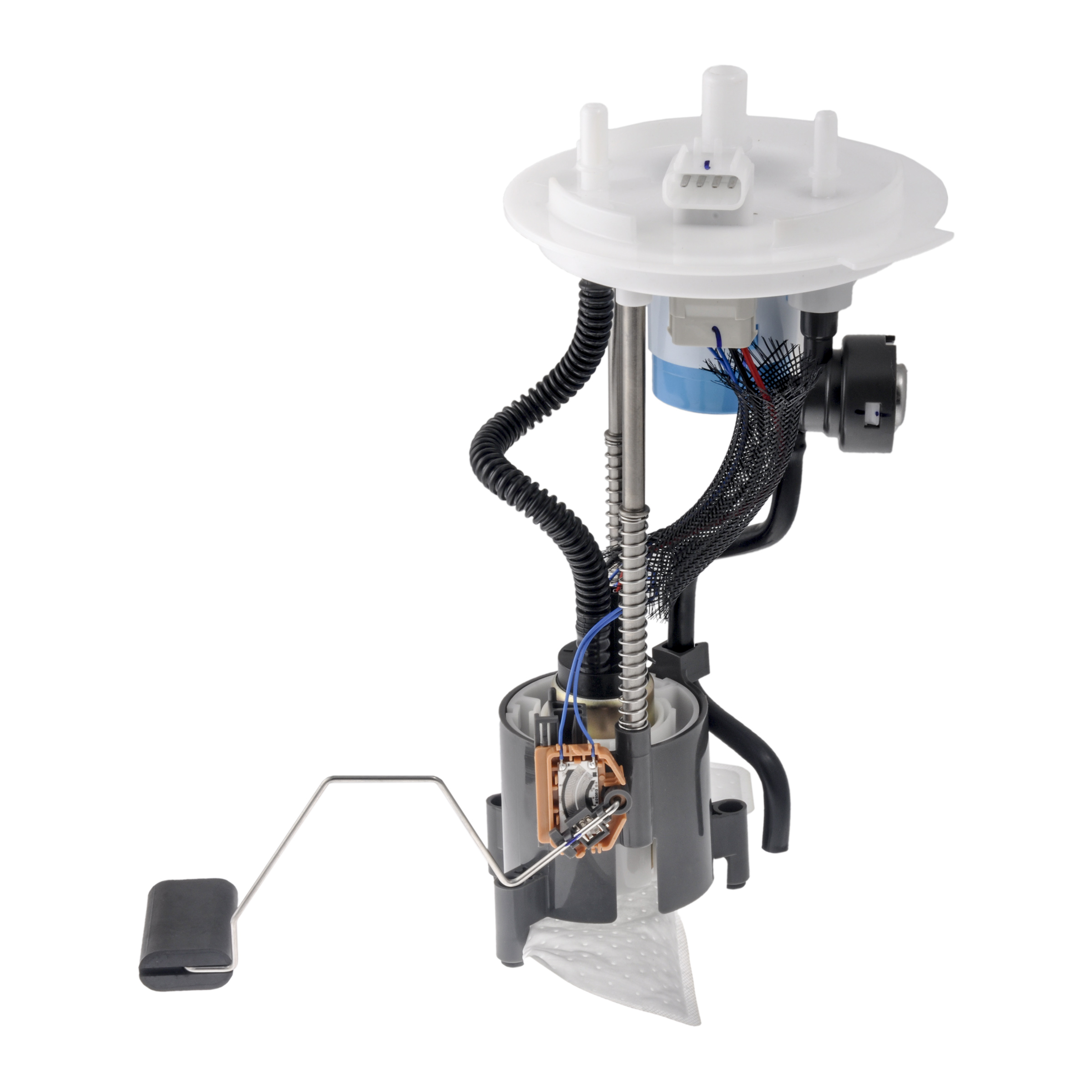

Sometimes when there is low fuel pressure, you may also get an oxygen sensor related trouble code as well.

Any trouble codes that exist could be a clue. This trouble code detects that the fuel rail/system pressure is too low. The engine may throw a P0087 trouble code. Before taking anything apart, check to see if your engine’s computer has any trouble codes saved in it. There are physical signs that you can feel when your Expedition ‘s fuel pump is going out. The bad news is that they cost a lot in terms of labor to repair and replace. The good news is that fuel pumps are inexpensive. While being in the fuel tank makes the pump more reliable, it also makes it a lot more difficult to get to. It is in the fuel tank because “pushing” fuel to the fuel rail is easier than “pulling” the fuel, which is what an inline pump would do. In modern fuel injected vehicles, the fuel pump sits right in the fuel tank and “pushes” the gasoline to the fuel rail(s). With that in mind, most of the symptoms of a bad fuel pump revolve around the vehicle stalling out or not running at all.

Without gas your Expedition will not run at all. If your Ford Expedition ‘s fuel pump goes bad, no fuel (or not enough fuel depending on whether or not it’s out all the way) can enter the engine. Replacing the fuel pump is not a high labor item, and is easily done, if you have access to a service manual.One of the worst problems that can happen to a vehicle is a bad fuel pump. The fuel filter may not be the problem, but the filter should be changed.īefore replacing the pump, you, or a tech, should check the fuel pressure at the fuel rail in the engine compartment. Take inventory of the lines before disconnecting. Keep in mind that more fuel is supplied to the injectors than is required, so the excess is returned to the tank. I'm not being smart, as some oafs become disoriented when working on their back (I'm not accusing you of being an oaf). As a reminder, fuel flows from the rear to the front. Pay attention to the flow arrows on the replacement filter before connecting. Have a large rag available to stop the spray. Safety glasses, in case gas wants to spray from the lines. Just break the nut enough to allow any pressure to escape. Just scoot under the rail with open-end wrenches (the nuts vary from 9/16 to 3/4), so be prepared. With the ride height of the vehicle, no jacking should be required. The fuel line is under pressure, but maybe yours isn't with your current problem. It is located on the driver side rail, about mid-vehicle.

The in-line fuel filter is different than the one attached to the pump.


 0 kommentar(er)
0 kommentar(er)
